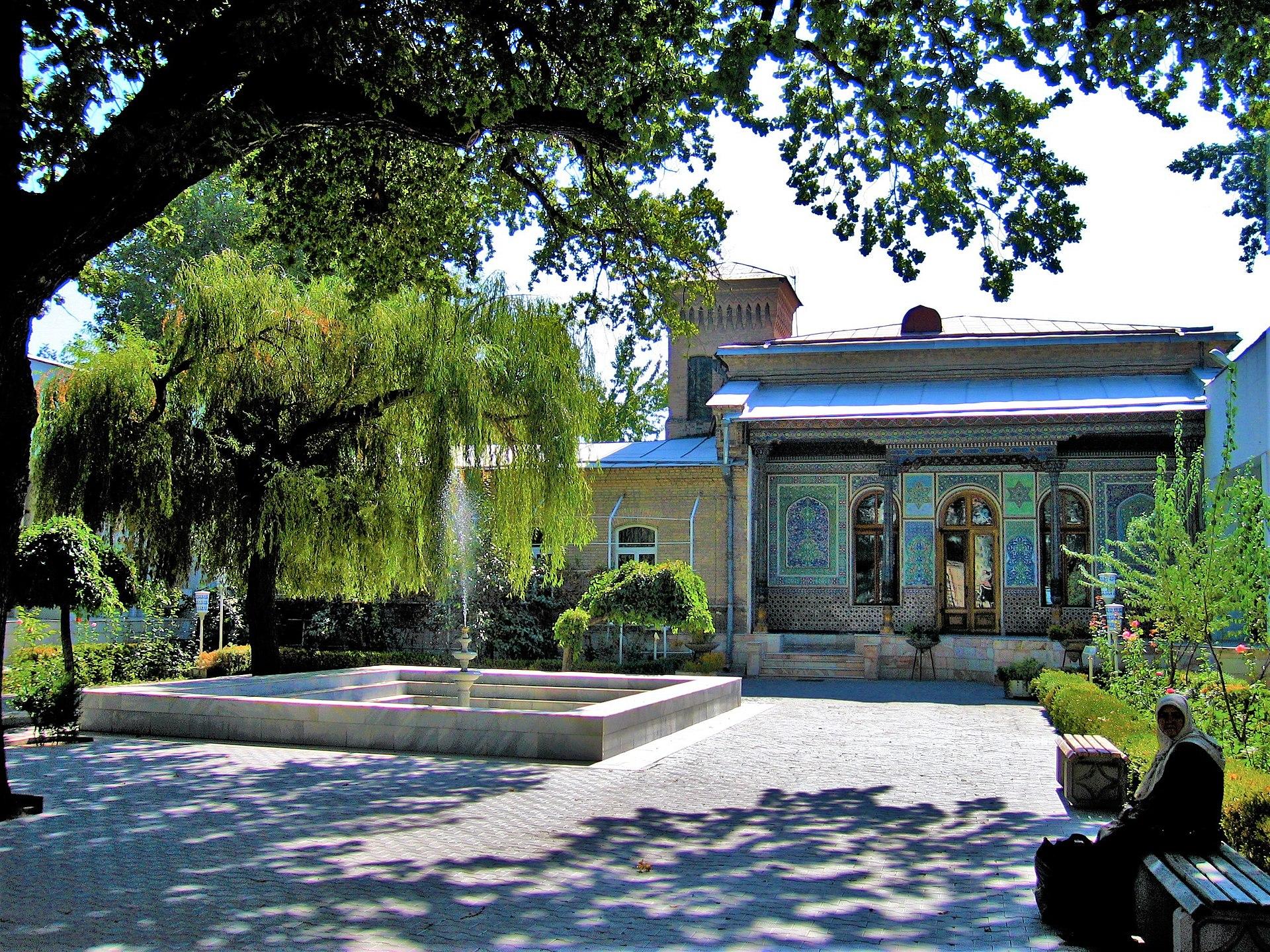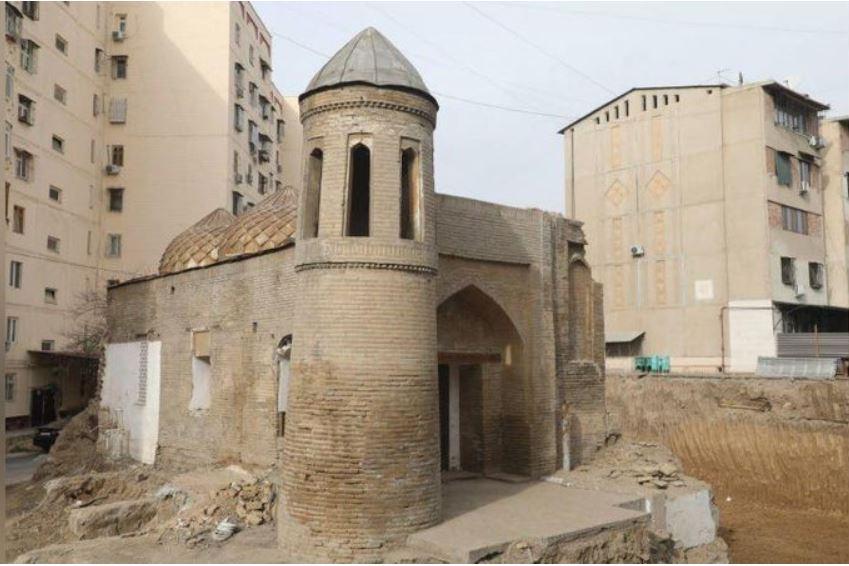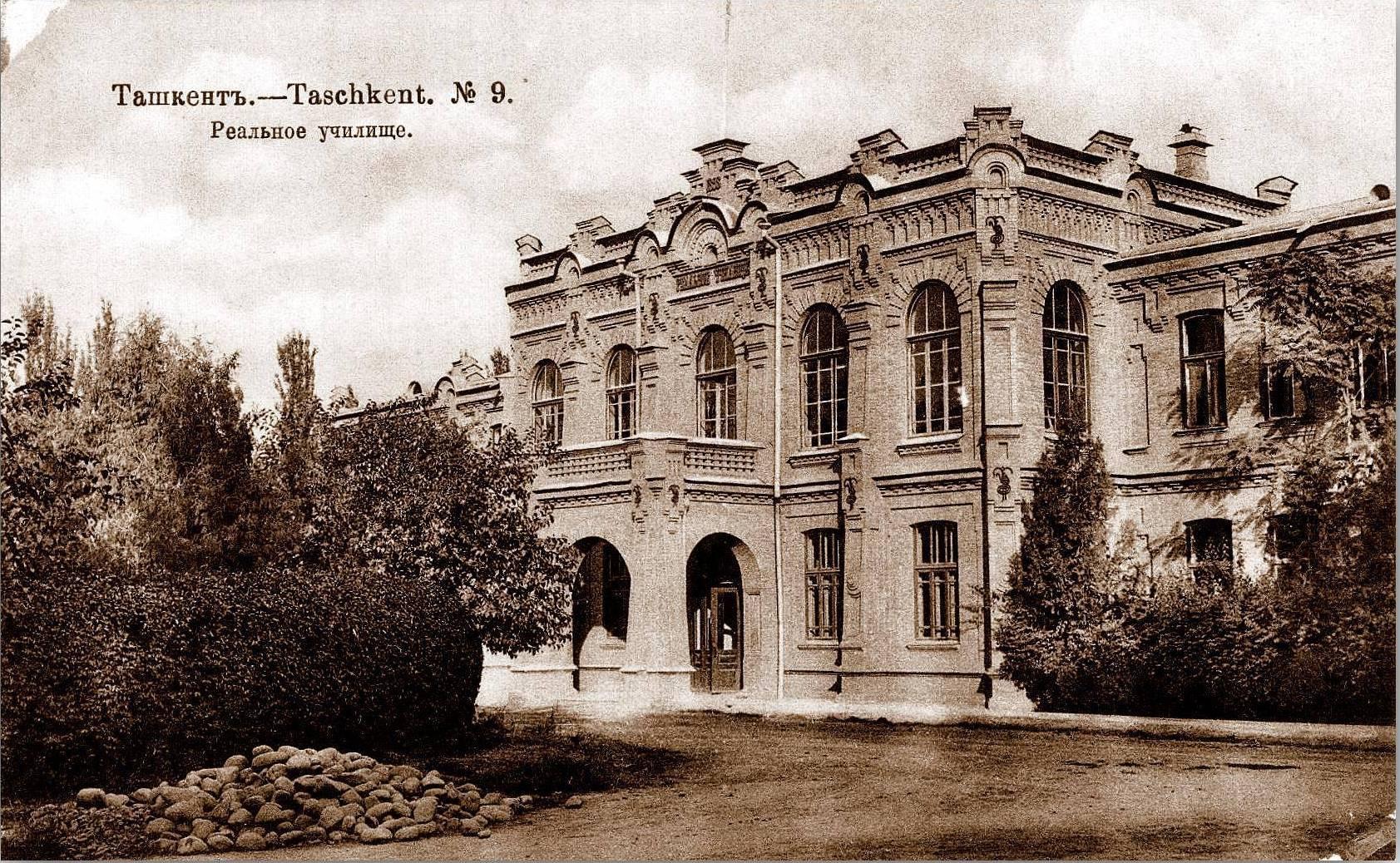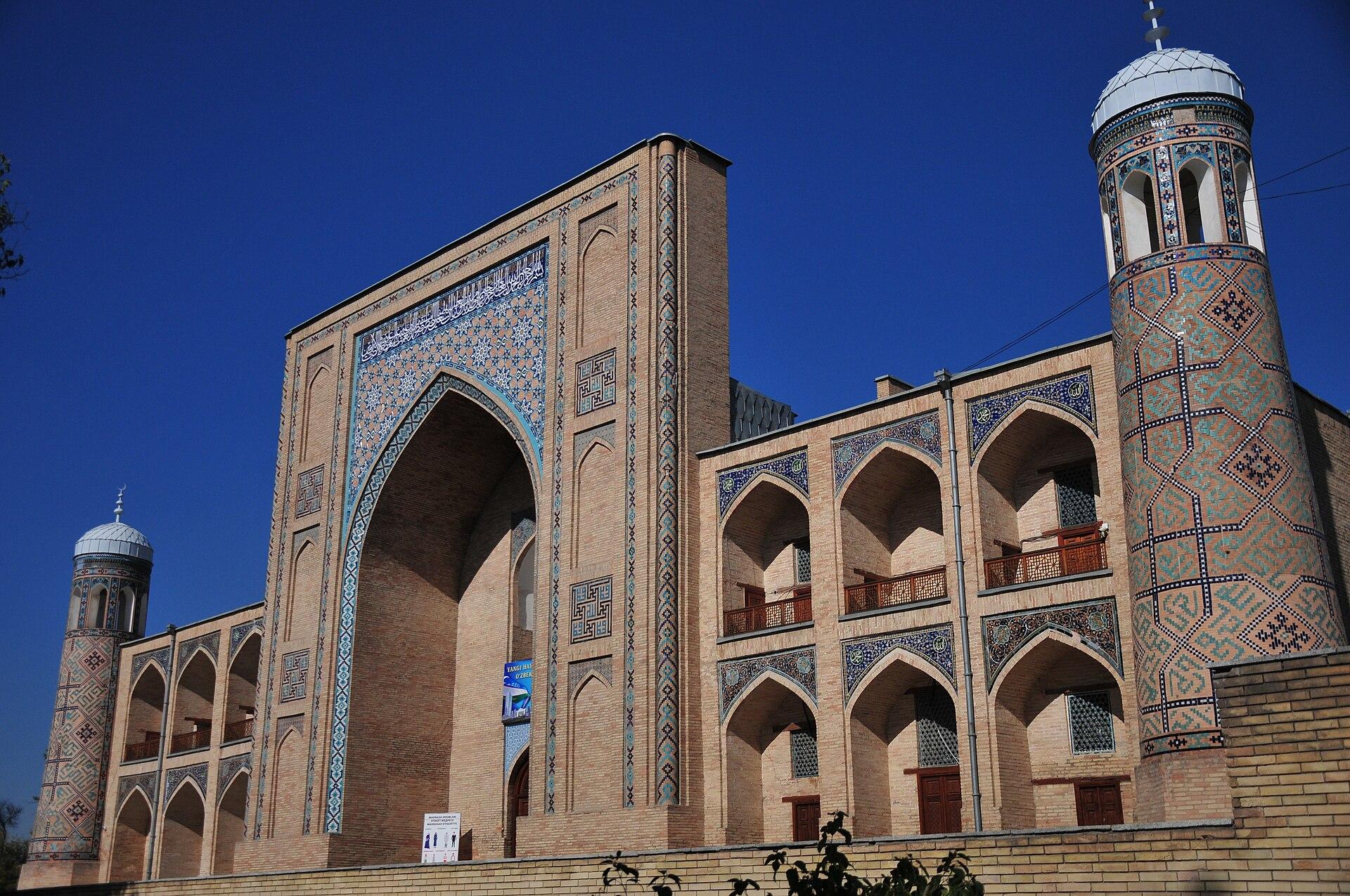
One of the most amazing and educational places in Tashkent is the State Museum of Applied Arts and the History of Craftsmanship of Uzbekistan. The museum houses more than 7,000 examples of folk applied art: embroideries, skullcaps, jewelry, carpets, ceramics, chasing, knives, fabrics, and other items of craftsmanship.
The museum's exhibits are conditionally divided into
three groups: works created based on ancient traditions; works by 20th-century
masters; and creations by contemporary artist-craftsmen.
All the museum's exhibits are unique, but the
building itself and its history are no less interesting.
Before the revolution, this was an alley off Shelkovichnaya Street (later named
after Herman Lopatin, now Yunus Rajabi Street). After the revolution, the
street was named in honor of Commissar Shpilkov, who was executed during the
Osipov Revolt; now it is called Rakatboshi.
The house was built by merchant and commerce advisor
Nikolai Ivanovich Ivanov—not far from his own brewery.
In 1896, Ivanov sold the house to diplomat Alexander
Alexandrovich Polovtsov, who had arrived in Tashkent as a special assignments
official of the Ministry of Internal Affairs. He was sent here to study the
state of resettlement affairs in Central Asia and the Transcaucasus.
The house was rebuilt in an Eastern style—it was a
rare example of combining Russian architecture with decorative elements in
local traditions. The best masters decorated the walls with ganch, installed
columns with wood carvings, and painted the walls and ceilings with
ornaments.
In 1909, Polovtsov donated his house to the city.
During World War I, barracks were placed here for captured Austrian officers.
In the 1930s, Polovtsov's mansion was turned into an orphanage for Kazakh
orphan children who had fled en masse from famine. From 1937, the House of
Handicrafts Museum was located in the building, and in 1960 it received the
name "Permanent Exhibition of Applied Arts of Uzbekistan."
In 1997, the museum came under the jurisdiction of
the Ministry of Culture of the Republic of Uzbekistan and received the status
of "State Museum of Applied Arts."
On December 20, 2017, a government resolution was
issued "On the Organization of the State Museum of the History of Applied
Arts and Craftsmanship of Uzbekistan," clarifying its name and tasks.
Few people remember all the historical facts, but
old-timers still habitually call the museum "Polovtsov House."
All the vicissitudes of this amazing building are
remembered by the huge oak tree growing in the museum courtyard—be sure to
stroke this "veteran" with your palm when visiting.
The address is simple: Rakatboshi Street, 15.

The Baland Mosque was built in 1857. "Baland" means "high," and the mosque received its name from t...

In 1894, the first real school was opened in Tashkent. These schools were called "real" because, un...

The architectural complex "Marifat Markazi" (Center of Enlightenment), built on Navoi Street for th...

The Kukeldash Madrasah is located on a hill in Chorsu Square and looks majestic even despite its cl...